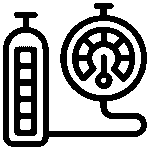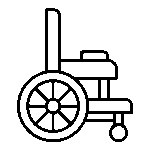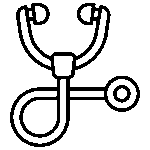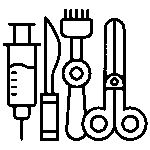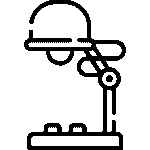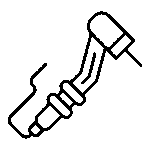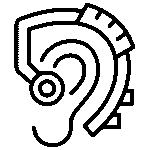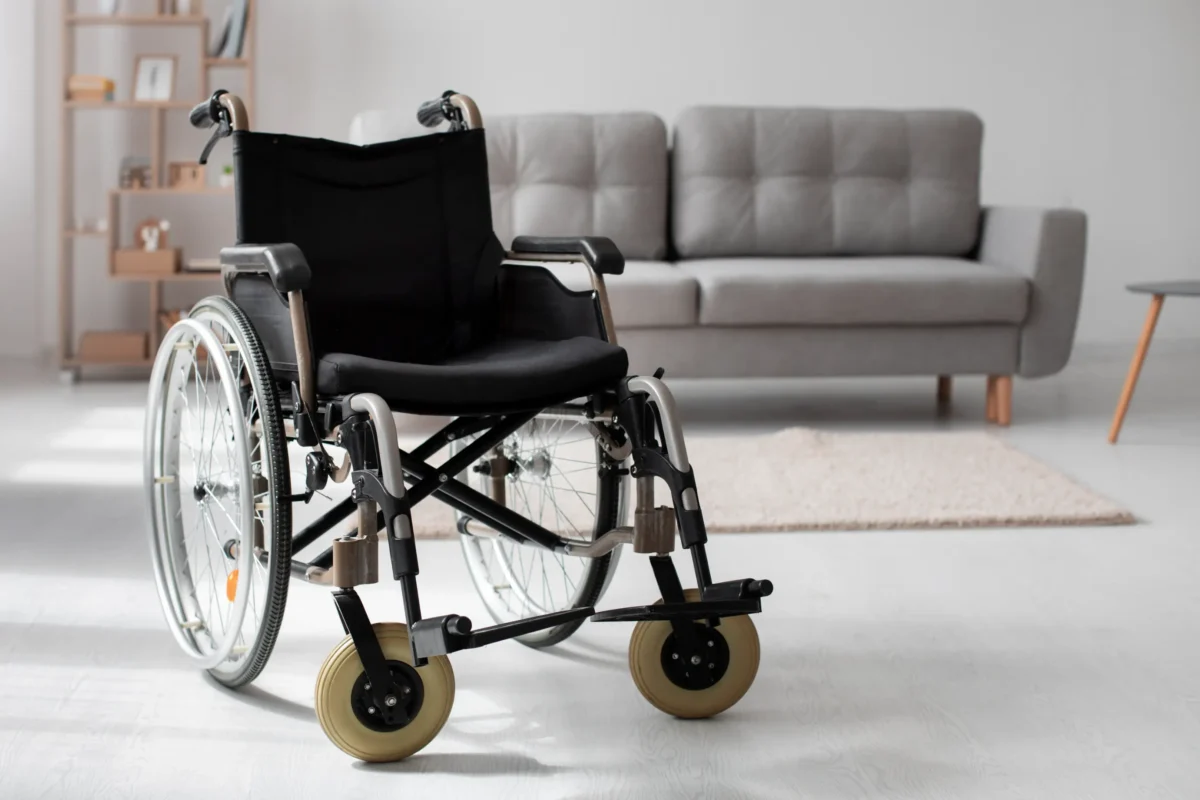Blog
Blogs
The Clinical Case for TENS Therapy: An Advanced Solution for Chronic Pain Relief
- Posted by admin
- On

Transcutaneous Electrical Nerve Stimulation (TENS) offers a scientifically validated, non-pharmacological pathway to managing persistent pain conditions. While often used in physical therapy clinics, modern digital TENS units (available through suppliers like Sermax Mobility Ltd.) are now highly effective for home use, empowering patients to control their own discomfort.
The Dual Mechanism of Pain Relief
The therapeutic effectiveness of TENS is explained by two clinical theories. The first, the widely accepted Gate Control Theory of Pain, posits a metaphorical “gate” in the spinal cord. When TENS delivers a high-frequency, low-intensity electrical pulse, it stimulates the faster, non-pain-carrying nerve fibers (A-beta fibers), effectively sending a strong sensory signal that “closes the gate” to the slower, pain-carrying fibers (C-fibers). This instantly blocks the pain message from reaching the brain, providing immediate relief.
The second mechanism involves Endorphin Release. Using low-frequency, high-intensity pulses can stimulate muscle contraction, triggering the release of the body’s natural opioid-like chemicals (endorphins and enkephalins). This provides a delayed but longer-lasting analgesic effect, which is highly beneficial for chronic conditions like fibromyalgia or persistent back pain.
Usage Protocols and Benefits
TENS is suitable for a wide range of ailments, including osteoarthritis, sciatica, neck stiffness, and post-operative pain management (consulting a physician is mandatory). Key benefits include:
- Non-Addictive: Provides pain relief without the systemic side effects or risks associated with long-term oral pain medication.
- Portability: The small, battery-operated units allow patients to maintain active routines, clipping the device to a belt and using it throughout the day.
- Customization: Digital models offer multiple programs (e.g., burst, constant, modulation) and allow precise control over pulse frequency and width, enabling the user to fine-tune the therapy for different types of pain.
TENS is not a cure, but a powerful management tool that restores function and drastically improves the quality of life for chronic pain sufferers.

